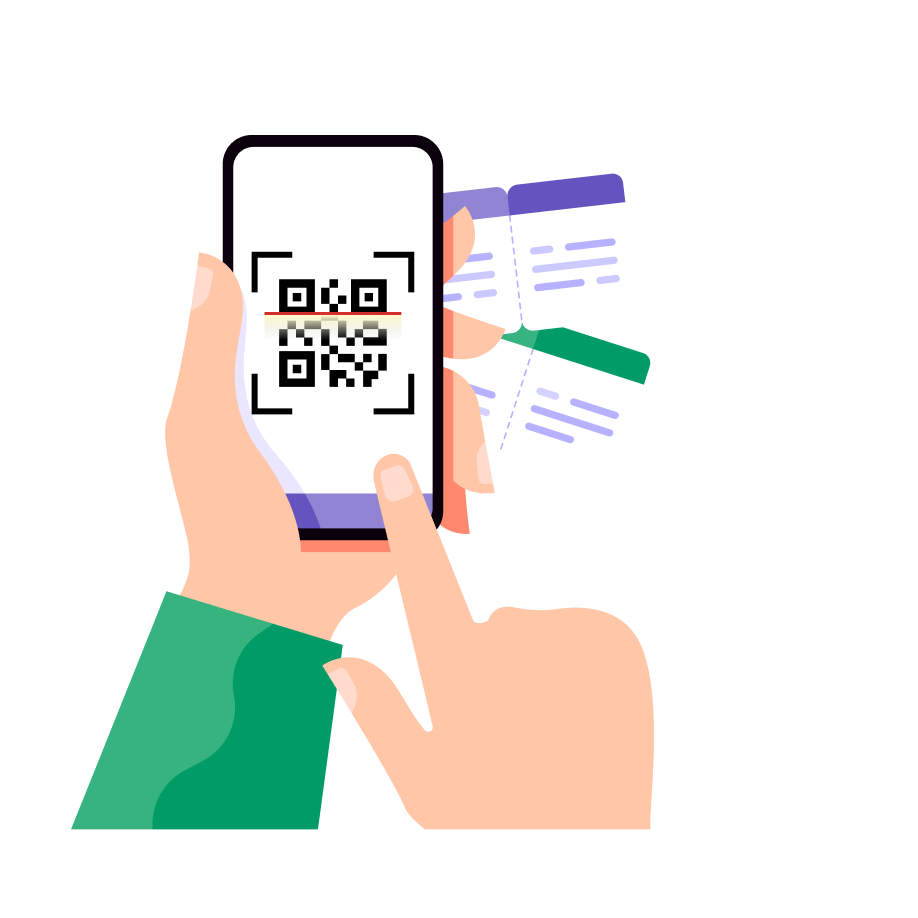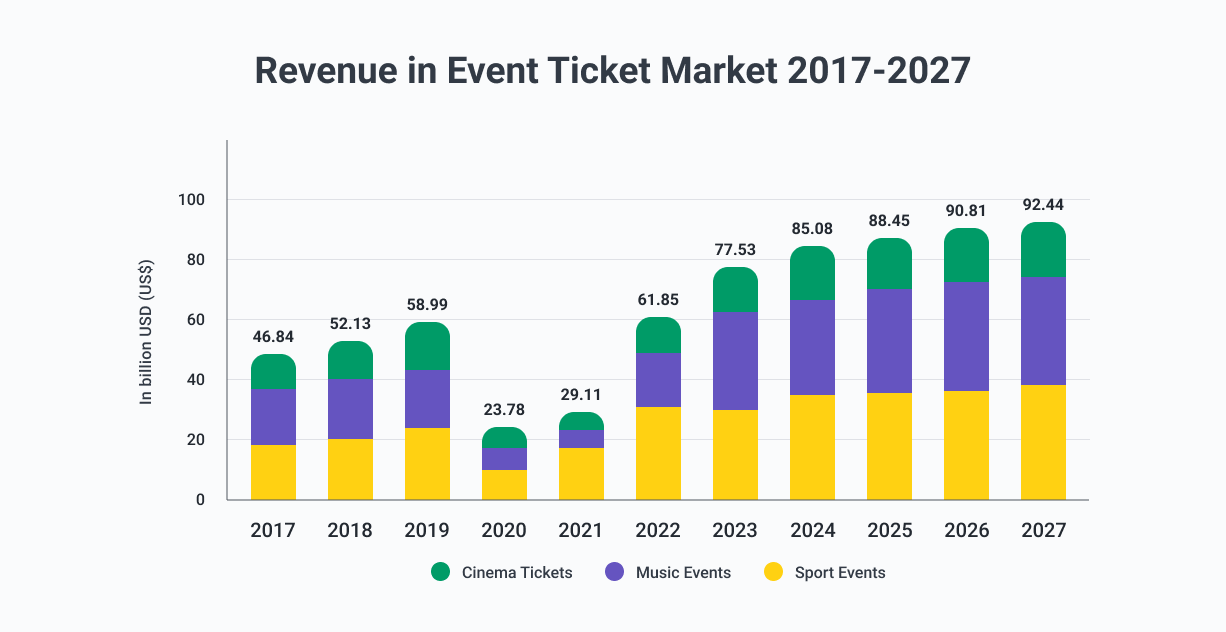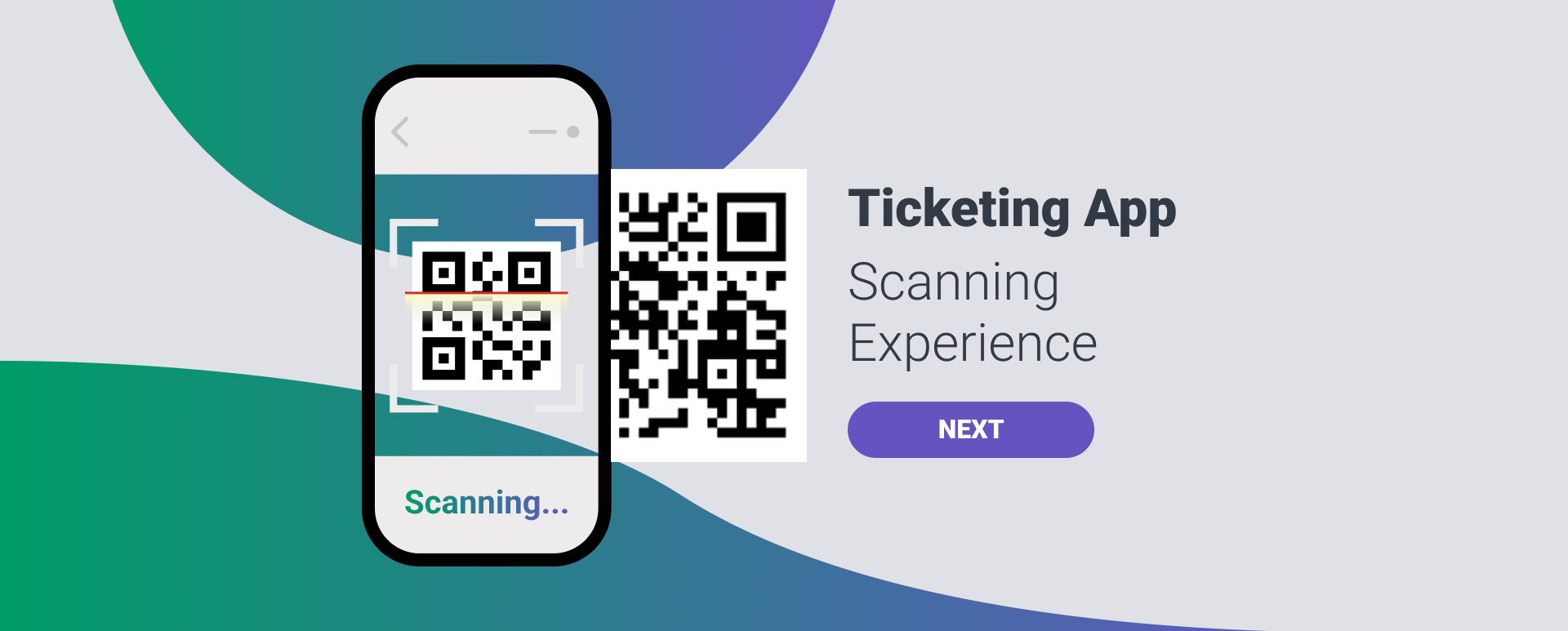"We were very excited to finally develop the framework for this ticket validation application. The Softjourn team was focused on creating what this app needed and understood the importance of the security features we had in mind."
Ticket Hoy: Redefining Ticketing App Blueprints for Unparalleled User Engagement

ABOUT THE CLIENT:
The Challenge
Ticket Hoy wanted to leverage Softjourn’s vast experience to update and add new features to their ticket-validation app.
The Solution
To meet the challenges of internet availability, varying crowd sizes, and overall ease of use for all entities involved in the ticket-validation process, Ticket Hoy and the Softjourn development team defined several requirements for the new application and started working on the development of offline mode, data synchronization, scanning speed, and laser scanning support.
The Result
Softjourn’s team created a software requirements specifications document for React Native access control application, to help Ticket Hoy meet its needs. The application is simple-to-use, intuitive, and ready to be used for large events with thousands of attendees.
The Challenge
Not too long ago, attendees had to buy a physical ticket at a physical kiosk, keep that ticket safe until event time, and hopefully not forget it on the big day. Today, attending an event is as simple as logging into a ticket service, buying a ticket, and scanning a QR code or barcode in a mobile phone application at the event entrance.
To ensure a smooth attendee experience, as well as keep sales fraud at a minimum, the technology behind event-door ticket validation is incredibly important.
Ticket sales platform Ticket Hoy, offering services in Argentina and Chile, provides vendors access to various tools to manage online and face-to-face sales. This includes digital tickets with QR codes, a ticket validation app, real-time reports to know the status and origin of sales, a ticket system with thermal printers, and price and stock management.
In an effort to stay up to date on the latest technology, Ticket Hoy wanted to explore options for rewriting its ticket-validation iOS application. To ensure the application met functionality and security needs, Ticket Hoy turned to Softjourn so we could support their growth by developing new functionalities to their current system.

Softjourn's team of skilled developers eagerly embraced the challenge of collaborating with Ticket Hoy to identify and implement the essential application functions required for their real-time ticket validation process.
Recognizing the significance of this task, our ticketing experts meticulously analyzed the requirements, delving deep into the intricacies of the client's ticketing system. We worked closely with Ticket Hoy to understand their specific needs, ensuring that the application would seamlessly validate tickets in real time, providing a smooth and efficient experience for users.

The Solution
Ticket Hoy and the Softjourn development team defined several requirements for the new application:
- Support offline mode: This was especially important for venues with weak, unreliable, or nonexistent internet connection.
- Reliable data synchronization: All scanned data must be synchronized with the ticketing system server. If a request fails, the app must have retry logic to deliver the scanned data.
- Fast scanning speed: Crucial to avoiding long lines and improving each attendee’s experience, Ticket Hoy was interested and wanted an application that could scan several tickets in one second.
- Laser-scanning support: The app is required additional support for laser-scanning attachments or external devices to provide faster scanning speed and work better in low light conditions.
In addition to these, Ticket Hoy also needed a ticket-validation application that could support multiple events at one time, in one location. This required a preliminary check of the ticket at the venue entrance, where staff first checks whether a customer ticket is valid for one of the events in a location. Our team suggested some changes in the workflow so that once the ticket is validated, it’s then scanned one more time to check in with the customer for their specific event. Both the validation and check-in of a ticket would be stored on a server and synchronized through the entire process to prevent non-ticket holders from trying to gain entrance with the same ticket.
The professional team at Softjourn undertook the task of developing a comprehensive software requirements specifications document for Ticket Hoy's React Native-based access control application, with the objective of fulfilling all their specific requirements. The application is designed to offer a user-friendly experience and swift performance, seamlessly synchronizing data in the background without disrupting real-time validation operations. This unique feature makes it an ideal solution for both ticket holders and staff responsible for event check-ins. By addressing Ticket Hoy's needs, Softjourn has successfully delivered a cutting-edge application that combines efficiency, simplicity, and optimal functionality to enhance the ticket validation process.
After a simple login that is similar to typical app login screens, the user has only three menus to navigate: Configure, Scan, and Search.
Configure
On this screen, a user can specify which tickets to scan at the specific venue. One or multiple events, one or many dates, and one or multiple sectors of the venue can be selected. This met Ticket Hoy’s need to validate tickets for multiple events at a single venue concurrently. The user saves the desired fields to configure the scanner for what they need.
The Configure function also permits a two-step validation to be enacted. When “Validation Mode” is enabled, the app will simply validate whether the ticket holder is allowed to enter the venue, but does not check an attendee into a specific event. Event entrance is done later, using the same app, when the attendee enters that sector of the venue.
Validation records are stored on the app and can be sent to the server. This allows multiple scanners at multiple gates to be in sync with each other, avoiding double-scanning of the same ticket.
Scan
Once the configuration for the event is established, users then click into the Scan screen. When opened, screen camera view is automatically initialized to allow scanning. The number of all downloaded tickets is displayed, along with successfully scanned tickets.
Users see whether the Validation Mode is enabled, or if the device is offline, in which case a manual sync can be performed.
Next is the actual scanning function, which can lead to three possible outcomes:
- The ticket is valid and confirmation is displayed.
- The ticket is invalid (not found) and a warning is displayed.
- The ticket has already been used and a caution is displayed.
Search
All downloaded tickets, including the check-in status for each, is available in this function. Users can search for tickets by name, ticket ID, and customer document ID. In addition, gate agents can manually check in attendees, and see each ticket’s scan history.

The Result
Ticket Hoy collaborated with the professional team at Softjourn to develop a React Native access control application that met their specific needs.
Softjourn created a comprehensive software requirements specifications document, ensuring that the application offered a user-friendly experience and seamless data synchronization in the background during real-time validation operations.
This innovative solution proved ideal for both ticket holders and staff involved in event check-ins. Our team successfully delivered a cutting-edge application that streamlined the ticket validation process, enhancing efficiency and functionality. This case study exemplifies the fruitful partnership between Ticket Hoy and Softjourn, showcasing the power of collaboration and tailored solutions to drive innovation in the ticketing industry.
Partnership & Recognition






